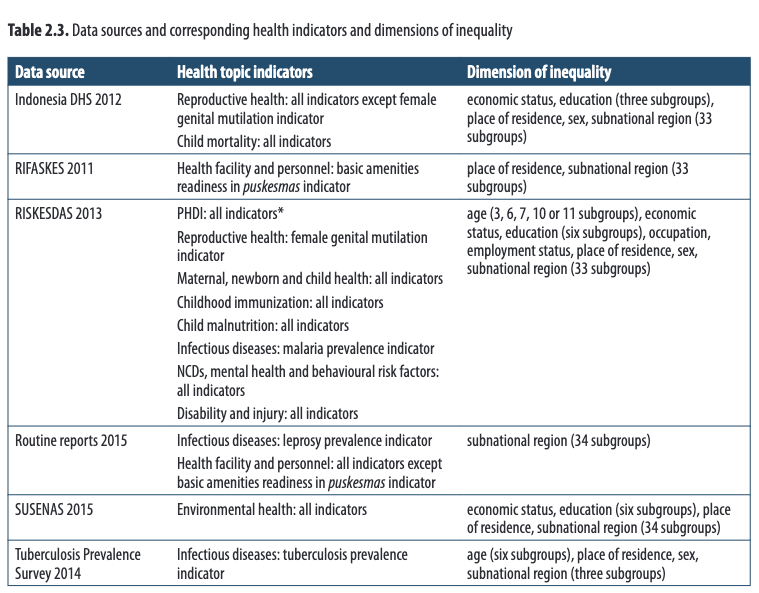Data repository gathers information to tackle health inequality
25th April 2023

25th April 2023
There are many drivers of health inequality within Nepal, often repeated in countries around the world. For example, a major divide exists in resources available to urban versus rural dwellers, between those educated up to and beyond high school and those who drop out before graduation, and between the country’s many caste and ethnic groups. While health and other social indicators have been rising in recent decades globally, today’s challenge is to identify and reach the various groups who continue to be marginalized.
A new tool, the World Health Organization (WHO) Health Inequality Data Repository, could help. The largest global collection of disaggregated data about health and determinants of health, the repository holds nearly 11 million data points across more than 2,000 indicators. The data can be explored through the Health Equity Assessment Toolkit (HEAT), an interactive software that facilitates the study of inequalities and possible interventions to address them.
The Health Equity Assessment Toolkit is designed to be used with the Health Inequality Data Repository.
This data is crucial for developing practical solutions to reduce health inequity. In Sarlahi district for instance the main drivers of home births appear to include a lack of awareness-raising by local health workers and lack of interest among local politicians to invest in healthcare. Dr Noble Kishor Jha, Medical Superintendent of Sarlahi District Hospital, is acting on these gaps by calling for the central government to designate a percentage of its Equalization Fund that it transfers to local governments for maternal healthcare. “Otherwise, many politicians would prefer to build roads,” he says.

Example of data in the Health Inequality Data Repository, from the report, State of Health Inequality: Indonesia (WHO, Ministry of Health, Indonesia, 2017)
The Health Inequality Data Repository with its Health Equity Assessment Toolkit is an initiative of WHO’s Health Inequality Monitor. The Monitor describes health inequalities as “measurable differences in health across population subgroups”. By monitoring these inequalities, the initiative provides evidence on who is being left behind and informs health policies, programmes and practices that aim to close existing gaps and achieve health equity, which it defines as “the absence of unfair, avoidable or remediable differences in health among population groups, defined by social, economic, demographic or geographic characteristics.”
More specifically, the Health Inequality Monitor aims to:
The Health Inequality Monitor also offers online courses focused on diverse topics that are especially relevant in global health; for instance, the foundations of monitoring health inequalities; inequality monitoring in HIV, tuberculosis and malaria; and inequality monitoring in immunization. It has also published a step-by-step manual on national health inequality monitoring.
Reducing inequality within and among countries is one of the 17 Sustainable Development Goals (SDGs) (SDG 10) and is central to other goals such as ending poverty (SDG 1), ending hunger (SDG 2), promoting good health and wellbeing (SDG 3), ensuring inclusive and equitable quality education (SDG 4) and achieving gender equality (SDG 5).